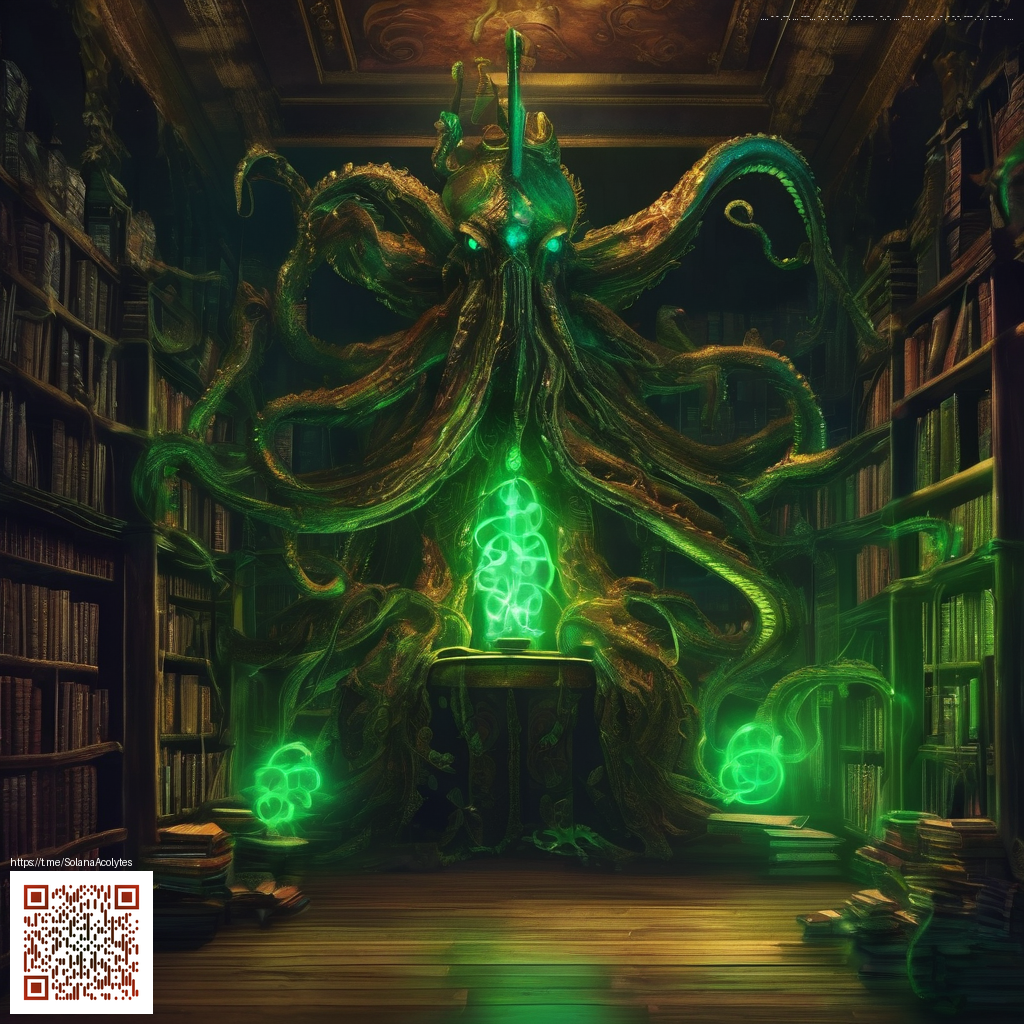
In horror, pacing is more than a rhythm; it's a weapon. Slow pacing, when used with precision, can deepen dread long before the first jump scare lands. Rather than rushing toward a payoff, filmmakers and fiction writers let dread accumulate, turning quiet moments into pressure-filled pressure valves. The result is a more immersive experience where readers and viewers feel they are walking into the unknown alongside the characters.
The power of stillness
Stillness is the loudest tool in a horror creator’s kit. When the frame holds, and sounds retreat, the audience fills the silence with their own fears. A lingering shot on a closed door, a hallway that seems to stretch on for miles, or a character listening to nothing but their own breath can be more unnerving than a loud noise. This is because slow pacing invites audience participation—the mind becomes the engine that completes the suspense. It’s in these moments that misdirection often begins, because the reader or viewer is primed to expect something to happen, and the delay compounds the tension when it finally does.
Rhythms and timing
Three core rhythms shape slow horror: anticipation, restraint, and uncertainty. Anticipation grows as you withhold information; restraint keeps the protagonist’s goals clear while the environment looms larger; uncertainty thrives when every seen detail could be a clue or a red herring. Writers and directors learn to trust the audience’s imagination—the gaps become more terrifying than explicit facts. A measured pause can reveal a single, essential detail that changes everything, and the memory of that pause lingers long after the scene ends.
- Silence and space: Leverage negative space to amplify dread.
- Temporal dilation: Slow the audience’s sense of time to elevate suspense.
- Environmental storytelling: Let the setting whisper hints through lighting, weather, and texture.
- Character-centered pacing: Focus on a protagonist’s internal pace—breathing, hesitation, and decision points.
Tools and devices that support slow pacing
Camera language, sound design, and even the rhythm of dialogue are the levers that push slow pacing from concept to experience. Long takes, gliding dolly moves, and carefully orchestrated camera angles allow fear to breathe. The soundscape—distant footsteps, a creak, a faint hum—fills the quiet with a creeping sense of presence. Even the absence of music at a crucial moment can sharpen the impact, because the audience expects something now, and the absence itself becomes a loud signal.
Fear thrives in the space between certainty and doubt—the more you widen that space, the more the unknown can seep in.
In practical terms, slow pacing also translates into how you structure scenes on the page or on screen. You’re not simply elongating a scene for the sake of it; you’re allowing time for character psychology to unfold and for the environment to become a character in its own right. This is where craft shines, turning a simple corridor into a corridor of possibilities and danger.
Practical translation for writers and designers
When shaping horror that breathes rather than bursts, consider how small, deliberate choices add up. Let descriptions linger on textures—dust motes in a beam of light, rain tracing patterns on a window, the way a door slowly yawns open. Dialogue can be pared down to fragments that suggest more than they reveal. If you’re pairing this approach with real-world tools, a reliable setup for precise control—such as a Non-slip Gaming Mouse Pad with Polyester Surface—reminds us that even the act of interacting with a space can feel deliberate and tactile. The same mindset applies to how scenes unfold: control pacing the way you control a tool, with purpose rather than impulse.
Avoiding common missteps
Speed can be essential in horror, but misuse of slow pacing undercuts its effect. Avoid lingering so long that the tension collapses into repetition. Be mindful of audience investment—let the pace reward attention, not fatigue. Clear objectives for each scene help maintain momentum, even when the tempo remains deliberately restrained. And remember that sound design isn’t just noise; it’s a narrative device that can steer the emotional current without a single line of dialogue.
The craft in practice
When you’re writing or directing, treat pacing as a dramaturgical tool in service of truth. The most memorable horror often arrives not from a single terrifying image, but from a sequence of quiet, purposeful beats that align with character fears and hopes. Slow pacing gives you time to explore these inner landscapes—to reveal what a character wants, what they fear, and how that fear reshapes their choices under pressure.